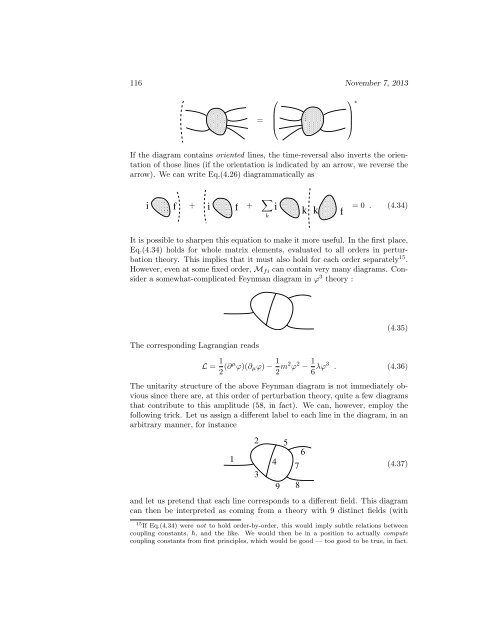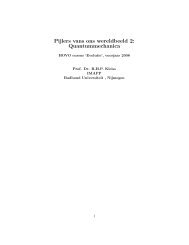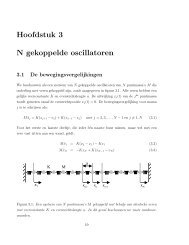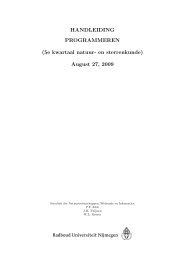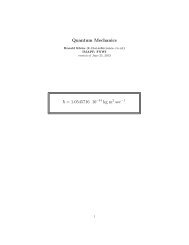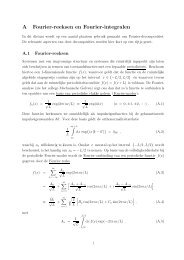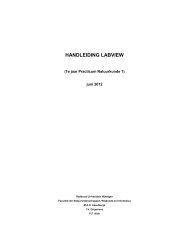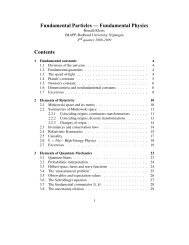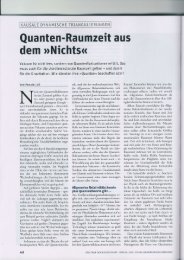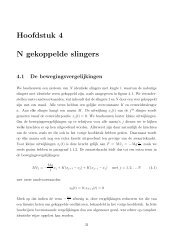Pictures Paths Particles Processes
Pictures Paths Particles Processes
Pictures Paths Particles Processes
You also want an ePaper? Increase the reach of your titles
YUMPU automatically turns print PDFs into web optimized ePapers that Google loves.
116 November 7, 2013<br />
0000000<br />
1111111<br />
0000000<br />
1111111<br />
0000000<br />
1111111<br />
0000000<br />
1111111<br />
0000000<br />
1111111<br />
0000000<br />
1111111<br />
0000000<br />
1111111<br />
0000000<br />
1111111<br />
0000000<br />
1111111<br />
0000000<br />
1111111<br />
0000000<br />
1111111<br />
0000000<br />
1111111<br />
0000000<br />
1111111<br />
0000000<br />
1111111<br />
0000000<br />
1111111<br />
0000000<br />
1111111<br />
=<br />
⎛<br />
⎜<br />
⎝<br />
000000<br />
111111<br />
000000<br />
111111<br />
000000<br />
111111<br />
000000<br />
111111<br />
000000<br />
111111<br />
000000<br />
111111<br />
000000<br />
111111<br />
000000<br />
111111<br />
000000<br />
111111<br />
000000<br />
111111<br />
000000<br />
111111<br />
000000<br />
111111<br />
000000<br />
111111<br />
000000<br />
111111<br />
000000<br />
111111<br />
000000<br />
111111<br />
⎞<br />
⎟<br />
⎠<br />
∗<br />
If the diagram contains oriented lines, the time-reversal also inverts the orientation<br />
of those lines (if the orientation is indicated by an arrow, we reverse the<br />
arrow). We can write Eq.(4.26) diagrammatically as<br />
i f +<br />
000000<br />
111111<br />
000000<br />
111111<br />
000000<br />
111111<br />
000000<br />
111111<br />
000000<br />
111111<br />
000000<br />
111111<br />
000000<br />
111111<br />
000000<br />
111111<br />
000000<br />
111111<br />
000000<br />
111111<br />
000000<br />
111111<br />
000000<br />
111111<br />
000000<br />
111111<br />
000000<br />
111111<br />
000000<br />
111111<br />
000000<br />
111111<br />
000000<br />
111111<br />
000000<br />
111111<br />
i 000000<br />
111111 f + ∑ 000000<br />
111111<br />
000000<br />
111111<br />
000000<br />
111111<br />
000000<br />
111111<br />
000000<br />
111111<br />
000000<br />
111111<br />
000000<br />
111111<br />
000000<br />
111111<br />
000000<br />
111111<br />
000000<br />
111111<br />
000000<br />
111111<br />
000000<br />
111111<br />
000000<br />
111111<br />
000000<br />
111111<br />
000000<br />
111111<br />
000000<br />
111111<br />
k<br />
000000<br />
111111<br />
000000<br />
111111<br />
000000<br />
111111<br />
000000<br />
111111<br />
000000<br />
111111<br />
000000<br />
111111<br />
000000<br />
111111<br />
000000<br />
111111<br />
000000<br />
111111<br />
000000<br />
111111<br />
000000<br />
111111<br />
000000<br />
111111<br />
000000<br />
111111<br />
000000<br />
111111<br />
000000<br />
111111<br />
000000<br />
111111<br />
000000<br />
111111<br />
i k k f<br />
= 0 . (4.34)<br />
It is possible to sharpen this equation to make it more useful. In the first place,<br />
Eq.(4.34) holds for whole matrix elements, evaluated to all orders in perturbation<br />
theory. This implies that it must also hold for each order separately 15 .<br />
However, even at some fixed order, M fi can contain very many diagrams. Consider<br />
a somewhat-complicated Feynman diagram in ϕ 3 theory :<br />
The corresponding Lagrangian reads<br />
(4.35)<br />
L = 1 2 (∂µ ϕ)(∂ µ ϕ) − 1 2 m2 ϕ 2 − 1 6 λϕ3 . (4.36)<br />
The unitarity structure of the above Feynman diagram is not immediately obvious<br />
since there are, at this order of perturbation theory, quite a few diagrams<br />
that contribute to this amplitude (58, in fact). We can, however, employ the<br />
following trick. Let us assign a different label to each line in the diagram, in an<br />
arbitrary manner, for instance<br />
1<br />
2<br />
3<br />
4<br />
9<br />
5<br />
7<br />
8<br />
6<br />
(4.37)<br />
and let us pretend that each line corresponds to a different field. This diagram<br />
can then be interpreted as coming from a theory with 9 distinct fields (with<br />
15 If Eq.(4.34) were not to hold order-by-order, this would imply subtle relations between<br />
coupling constants, ¯h, and the like. We would then be in a position to actually compute<br />
coupling constants from first principles, which would be good — too good to be true, in fact.


